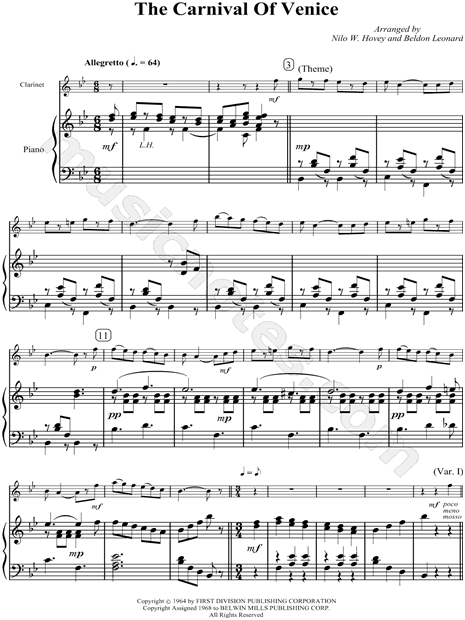Kirgizcha makaldar emgek. Restaurant menu, map for Meraki Greek Bistro located in 33131, Miami FL, 142 SE 1st Ave. Albette ak emgek menen salyngan ui. Men dele okudum ani,okugan jok deysinerbi.Men kirgizcha jazdim go makala gezittin kaysi sanina chikti?- dep.Gezittin nomurun. We would like to show you a description here but the site won’t allow us. We would like to show you a description here but the site won’t allow us.
A selection of Venetian carnival masks have always been an important feature of the Venetian carnival. Traditionally people were allowed to wear them between the festival of Santo Stefano (, December 26) and the end of the carnival season at midnight of. As masks were also allowed on and from October 5 to, people could spend a large portion of the year in disguise. Maskmakers ( mascherari) enjoyed a special position in society, with their own laws and their own. Venetian masks can be made of leather, porcelain or using the original glass technique.

The original masks were rather simple in design, decoration, and often had a symbolic and practical function. Nowadays, most Italian masks are made with the application of and and are hand-painted using natural feathers and gems to decorate. [ ] However, this makes them rather expensive when compared to the widespread, low-quality masks produced mainly by American factories. This competition accelerates the decline of this historical craftsmanship peculiar to the city of Venice. History of the masks [ ] There is little evidence explaining the motive for the earliest mask wearing in Venice.
Carnival Of Venus Pdf To Jpg. 2/3/2018 0 Comments A selection of Venetian carnival masks have always been an important feature of the Venetian carnival. Traditionally people were allowed to wear them between the festival of Santo Stefano (, December 26) and the start of the carnival.
One scholar argues that covering the face in public was a uniquely Venetian response to one of the most rigid class hierarchies in European history. During Carnival, the were suspended, and people could dress as they liked, instead of according to the rules that were set down in law for their profession and social class. Masked men threw eggshells filled with perfume during carnival. The first documented sources mentioning the use of masks in Venice can be found as far back as the 13th century. The Great Council made it a crime for masked people to throw scented eggs.
These ovi odoriferi were that were usually filled with perfume, and tossed by young men at their friends or at young women they admired. However, in some cases, the eggs were filled with ink or other damaging substances. Gambling in public was normally illegal, except during Carnival.
The document decrees that masked persons were forbidden to gamble. Another law in 1339 forbade Venetians from wearing vulgar disguises and visiting convents while masked.
The law also prohibited painting one's face, or wearing false beards or wigs. Near the end of the Republic, the wearing of the masks in daily life was severely restricted. By the 18th century, it was limited only to about three months from December 26. The masks were traditionally worn with decorative beads matching in colour. Types of masks [ ] Several distinct styles of mask are worn in the Venice Carnival, some with identifying names. People with different occupations wore different masks. A Medico della Peste mask.
The Medico della peste, with its long beak, is one of the most bizarre and recognizable of the Venetian masks, though it did not start out as carnival mask at all but as a method of preventing the spread of disease. The striking design originates from 17th-century French physician who adopted the mask together with other sanitary precautions while treating victims. The mask is often white, consisting of a hollow beak and round eyeholes covered with crystal discs, creating a bespectacled effect. Its use as a carnival mask is entirely a modern convention, and today these masks are often much more decorative. Although the mask and costume is worn almost exclusively by males, the enhancement in decoration also suggests that women are now more likely to wear the mask and costume than in previous years at the Carnival. The who followed De Lorme's example wore the usual black hat and long black cloak as well as the mask, white gloves and a staff (so as to be able to move patients without having to come into physical contact with them). They hoped these precautions would prevent them contracting the disease.
The mask was originally beaked with a purpose in congruence with the practiced at that time: the hollow beak allowed for the containment of flowers and other sweet-smelling substances designed to keep away the foul odors that were thought to spread infection. Those who wear the plague doctor mask often also wear the. The popularity of the Medico della peste among carnival celebrants can be seen as a. Woman wearing a moretta in The Rhinoceros Moretta/Servetta muta [ ] The moretta (meaning dark one) or servetta muta (meaning mute servant woman) was a small strapless black velvet oval mask with wide eyeholes and no lips or mouth worn by patrician women. It derived from the mask invented in France in the sixteenth century, but differed in not having a hole to speak through. The mask was only just large enough to conceal a woman's identity and was held in place by the wearer biting on a button or bit (the women wearing this mask were unable to speak, hence muta) and was often finished off with a veil.